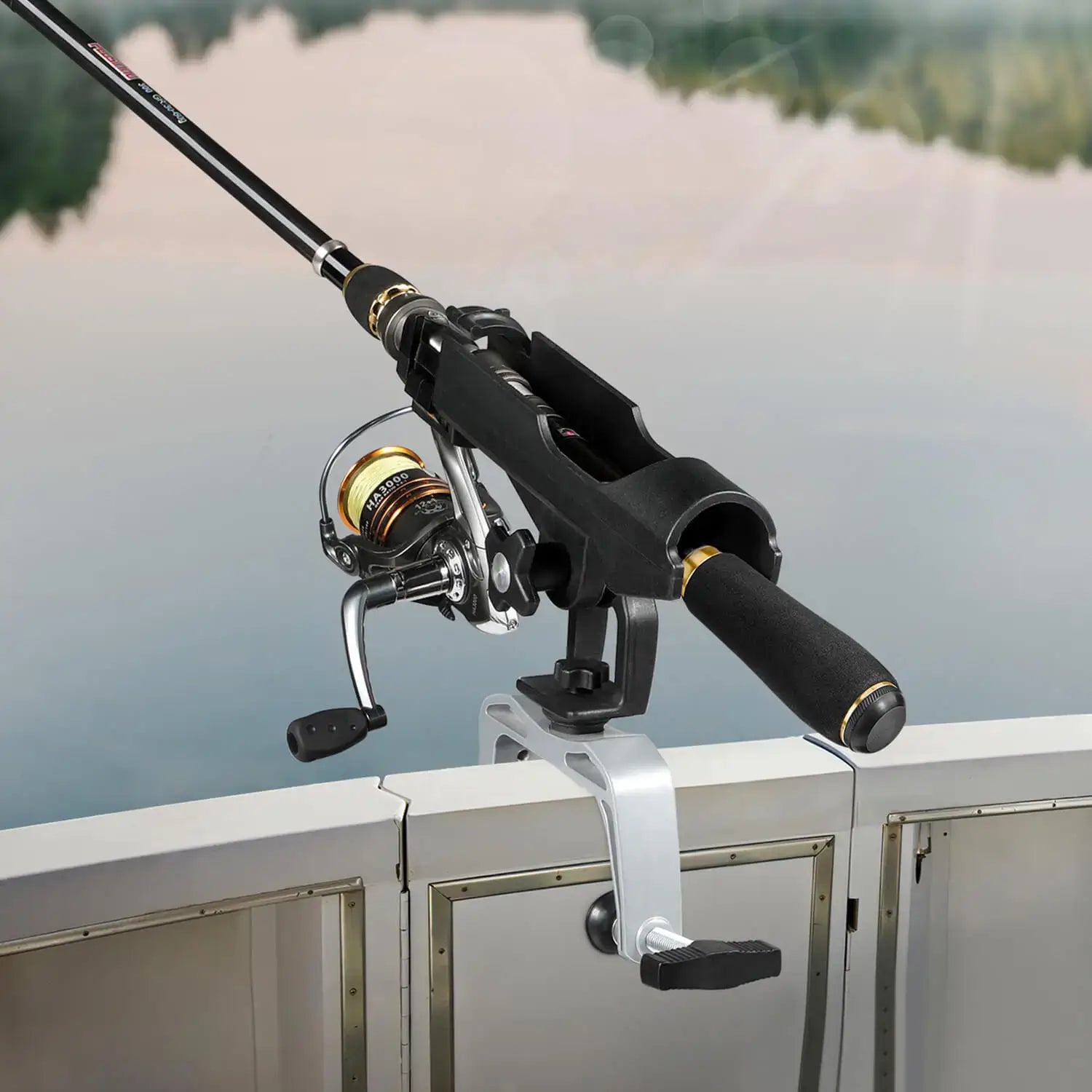When it comes to fishing on a boat, having rod holders is essential. They provide a convenient and secure way to hold your fishing rods while you focus on reeling in the big catch. Whether you're a seasoned angler or a beginner, here are five essential tips for installing rod holders on your boat.
1. Choose the Right Type of Rod Holder
Before you start installing rod holders on your boat, it's important to choose the right type that suits your needs. There are various types of rod holders available, including flush mount rod holders, clamp-on rod holders, and adjustable rod holders. Each type has its own advantages and disadvantages, so consider factors such as the size of your boat, the number of fishing rods you plan to use, and your preferred fishing style.
For example, if you have a smaller boat with limited space, flush mount rod holders may be the best option as they are installed directly into the boat's surface, saving space and providing a clean look. On the other hand, if you have a larger boat and want the flexibility to adjust the angle and position of your fishing rods, adjustable rod holders would be a better choice.
2. Determine the Ideal Placement
The placement of your rod holders is crucial for an optimal fishing experience. Consider factors such as the type of fishing you'll be doing, the size of your fishing rods, and your personal preference. Ideally, rod holders should be placed within easy reach, allowing you to quickly grab your rod when you get a bite.
One popular placement option is to install rod holders on the gunwales of your boat, evenly spaced on both sides. This allows for easy access and provides a balanced distribution of fishing rods. However, depending on your boat's layout and your fishing style, you may also consider installing rod holders on the boat's railing, leaning post, or even on the T-top.
3. Ensure Proper Installation
Proper installation is key to ensuring that your rod holders are secure and durable. Start by carefully measuring and marking the positions where you want to install the rod holders. Use a drill with the appropriate size bit to create pilot holes, and then attach the rod holders using stainless steel screws or bolts.
It's important to use marine-grade hardware to prevent corrosion and ensure longevity. Additionally, consider using a marine sealant around the edges of the rod holders to prevent water from seeping into the boat's structure. This will help maintain the integrity of your boat and prevent any potential damage.
4. Test and Adjust
Once you've installed your rod holders, it's crucial to test them before heading out on the water. Place your fishing rods in the holders and check for any wobbling or instability. Make sure the rod holders can securely hold the weight of your fishing rods and withstand the motion of the boat.
If you notice any issues, such as loose fittings or unstable rod holders, make the necessary adjustments. This may involve tightening screws or bolts, adding additional support, or repositioning the rod holders. It's better to address these issues before you're out on the water, as it can save you from potential accidents or damage to your fishing equipment.
Conclusion
Installing rod holders on your boat is a great way to enhance your fishing experience. By choosing the right type of rod holder, determining the ideal placement, ensuring proper installation, and testing and adjusting as needed, you can enjoy a secure and convenient way to hold your fishing rods while on the water.
Remember, safety should always be a priority when installing rod holders on your boat. Follow the manufacturer's instructions and guidelines, and consult with professionals if needed.
For more information on rod holders and boating accessories, check out these credible sites:
